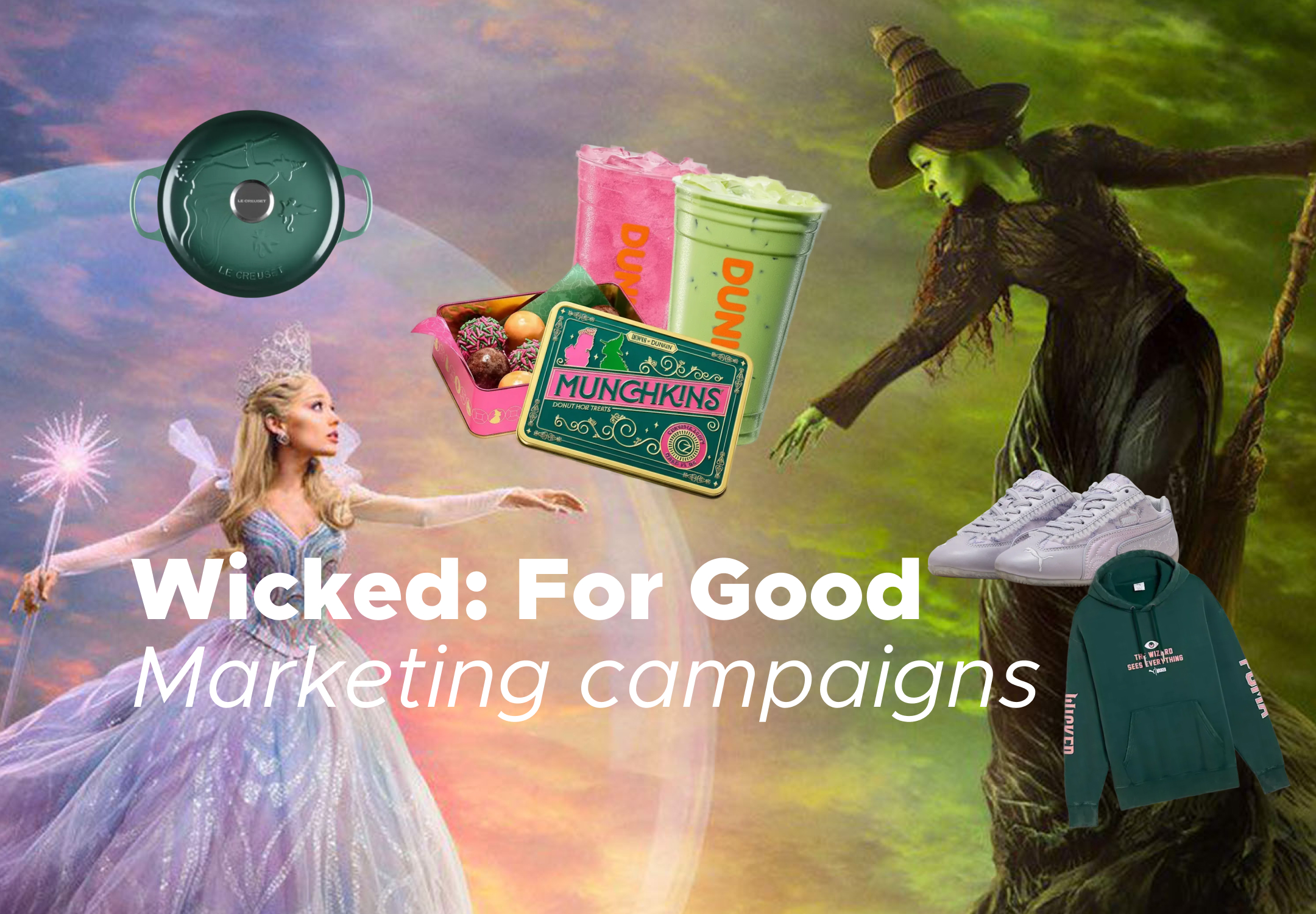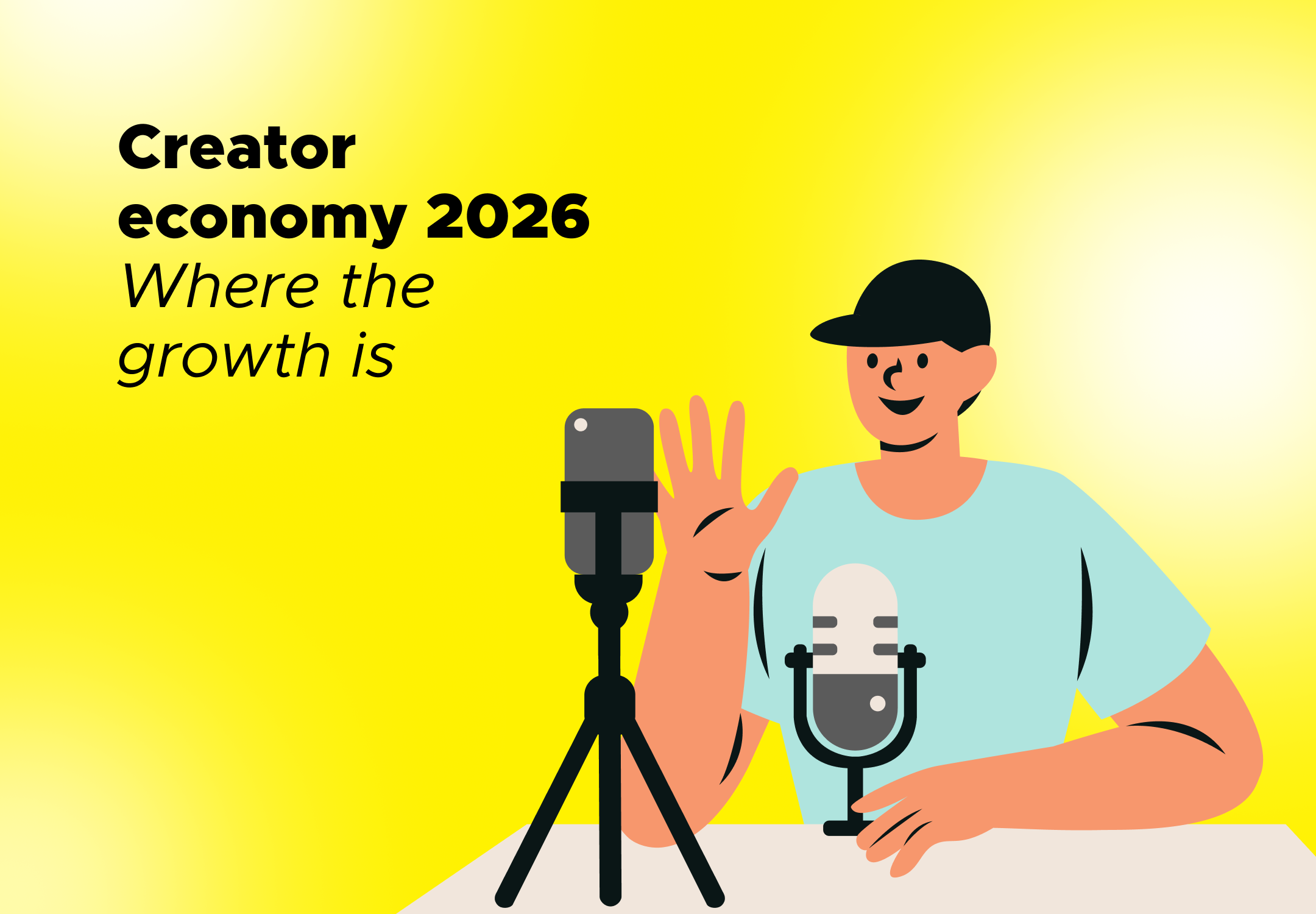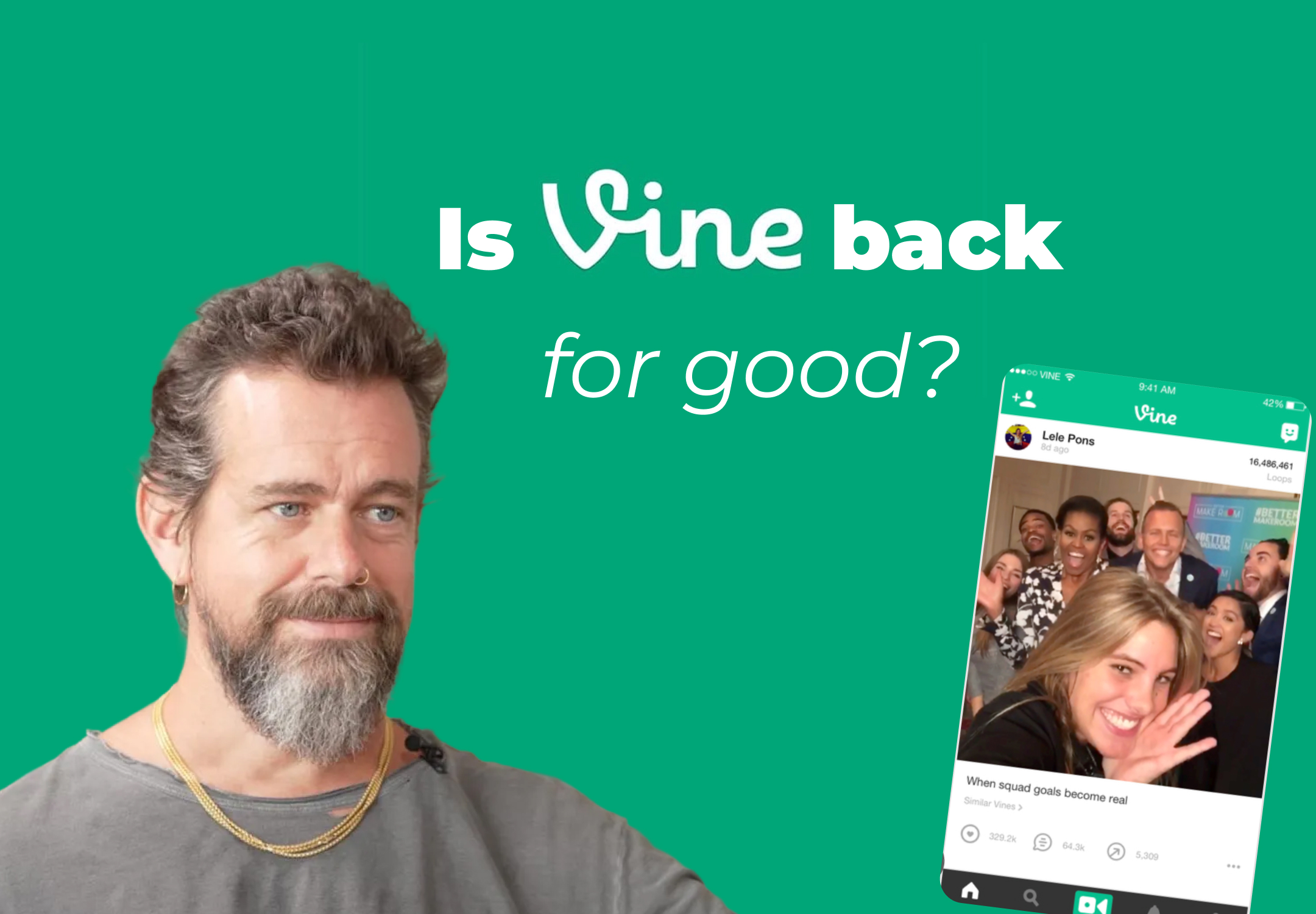5 market trends that speak to Gen Z in 2025
Gen Z is redefining what brands must deliver in 2025 - from values-led shopping to creator-driven content. These five trends reveal where their influence is heading next.
October 4, 2025

Gen Z is no longer simply “the consumer of tomorrow” – they are already a powerful market force shaping industries today. With growing spending power and cultural influence, this generation is redefining what they expect from brands, from ethical practices to personalised experiences. For marketers, understanding these shifts is essential to capturing Gen Z’s loyalty. Below are five key market trends that resonate most strongly with Gen Z in 2025 and how brands can respond.
1. Values-driven consumption with real accountability
Gen Z places a high value on sustainability, diversity, and ethics, but they are also quick to identify when brands are insincere. This generation does not want vague promises – they expect transparency and measurable action. According to GWI, many Gen Z consumers are reconsidering entire industries because of climate concerns, while Exploding Topics reports that 64% are willing to pay more for brands they feel loyal to.
The message for brands is clear: surface-level greenwashing will not work. Companies must integrate sustainability and ethical practices into supply chains, operations, and products. Communicating both achievements and setbacks openly builds credibility, while sharing tangible progress – such as carbon reduction milestones or verified certifications – strengthens trust with Gen Z.
2. The rise of creator-led and UGC marketing
Gen Z trusts people more than polished brand advertising. User-generated content (UGC) and creator partnerships are now central to how they discover and evaluate products. UGC Factory highlights that Gen Z actively seeks authentic voices, whether through micro-influencers, peer reviews, or community-driven content. Exploding Topics notes that more than half of Gen Z shoppers have purchased something after seeing it on social media.
Brands can make the most of this by working with micro- and nano-creators, who often generate higher engagement than celebrity influencers. Encouraging customers to share unboxings, tutorials, and reviews not only boosts credibility but also creates scalable social proof. Platform-native features such as TikTok Duets or Instagram’s “Add Yours” sticker make it easy for consumers to join in, amplifying reach organically.
3. Short-form video as a discovery engine
For Gen Z, short-form video is more than entertainment – it is how they search and discover. TikTok, Instagram Reels, and YouTube Shorts have become gateways to new products, trends, and experiences. Exploding Topics reports a 104% increase in Gen Z using TikTok to find brands, while 41% say they prefer discovering products through short videos. Storytelling formats, such as testimonials or “storytime” videos, are particularly powerful in driving both engagement and conversion.
Marketers should prioritise snackable, vertical-first content that feels natural to the platform. Successful short videos are designed for replay value, with sharp hooks, captions, and sound-on moments. Instead of focusing solely on viral one-offs, brands can build series of connected videos that create narrative consistency. This helps ensure visibility in Gen Z’s everyday scrolling routines.
4. Hyperpersonalisation and custom experiences
Gen Z is less drawn to mass-market trends and far more interested in products and content that feel uniquely theirs. Hyperpersonalisation – from curated shopping recommendations to customisable product designs – is now a core expectation. In fashion, for example, Gen Z often mixes ironic graphics, unique details, and eclectic styles to create a personalised look that reflects their identity.
Brands can adapt by offering modular designs, customisation features, or AI-powered recommendations tailored to individual preferences. Opportunities for co-creation – such as design competitions or “build your own” product tools – empower Gen Z to express creativity while strengthening their bond with the brand. By delivering personalisation at scale, companies show they understand this generation’s need for self-expression.
5. Mental health and well-being as brand priorities
Gen Z is the most open generation when it comes to discussing mental health, and they expect brands to take this seriously. Studies show that Gen Z is more likely than other generations to seek therapy or wellness support, with over 60% reporting recent experiences of anxiety. Mental well-being has therefore become both a cultural and commercial priority.
Brands that address mental health thoughtfully can create deeper connections. Campaigns that normalise stress and self-care resonate strongly, while product features that encourage balance — such as screen-time reminders or mindful breaks – demonstrate responsibility. By supporting well-being in authentic ways, brands not only earn trust but also position themselves as allies in Gen Z’s daily lives.
Why these trends matter
These five trends – values-driven consumption, UGC-led marketing, short-form video discovery, hyperpersonalisation, and mental health awareness – are deeply interconnected. User-generated content feeds short-form video strategies, personalisation builds trust, and wellness narratives reinforce values-driven engagement.
For marketers, aligning with these shifts requires more than tactical adjustments. It means co-creating with consumers, being transparent about values, and designing experiences that feel individual and supportive. Brands that embrace this approach will not only capture Gen Z’s attention but also secure long-term relevance in a rapidly changing market.
Latest News ☕

How ‘Wicked: For Good’ transformed brand collaboration
November 20, 2025
Universal Pictures' Wicked franchise didn't just break box office records with $700 millio...

Creator economy 2026: The industries with the biggest growth potential
November 19, 2025
The creator economy is projected to nearly double from $250 billion to $500 billion by 202...

Vine revival 2025: Jack Dorsey’s diVine brings back 100,000 clips
November 17, 2025
Twitter founder and tech entrepreneur Jack Dorsey funds Vine revival as diVine in 2025, br...


